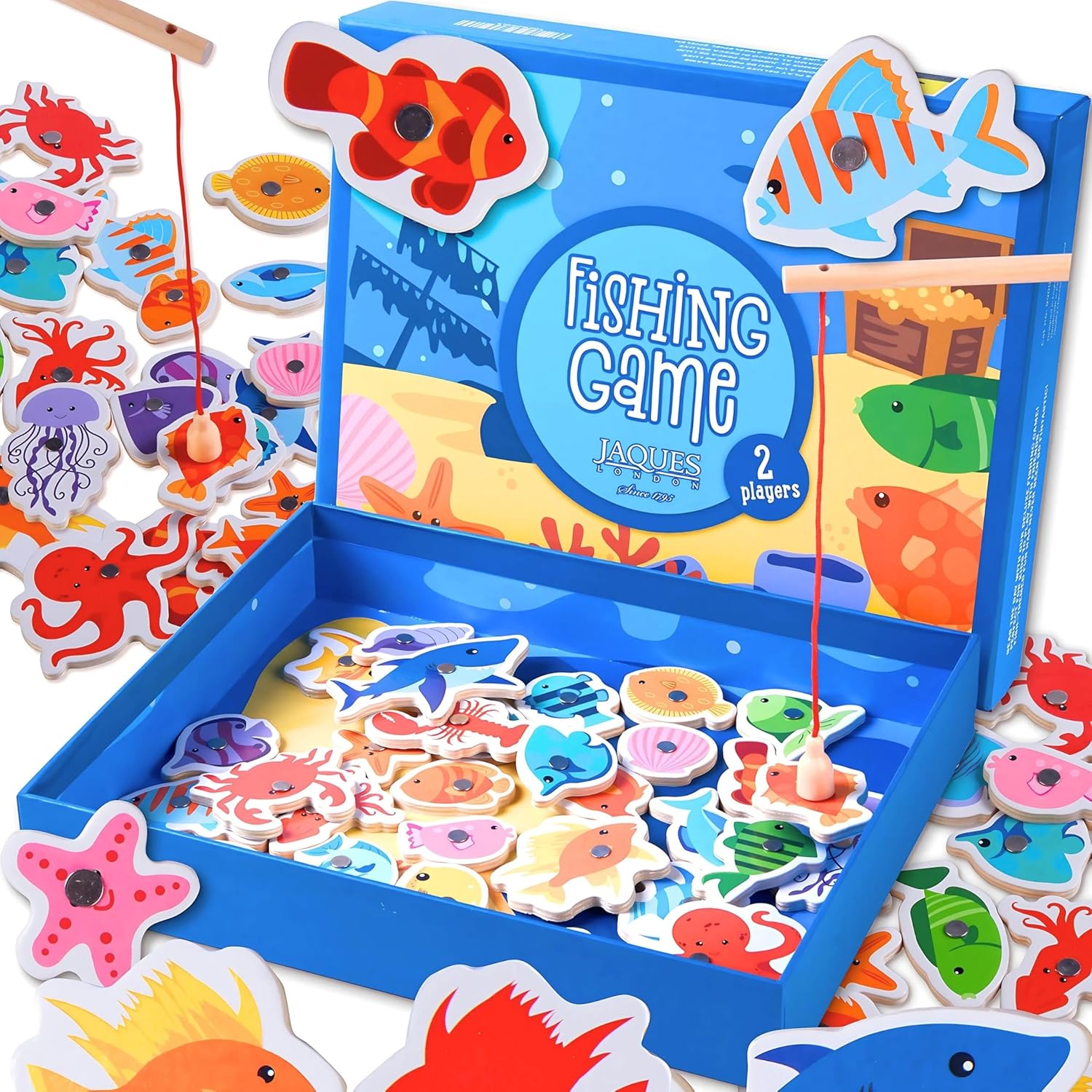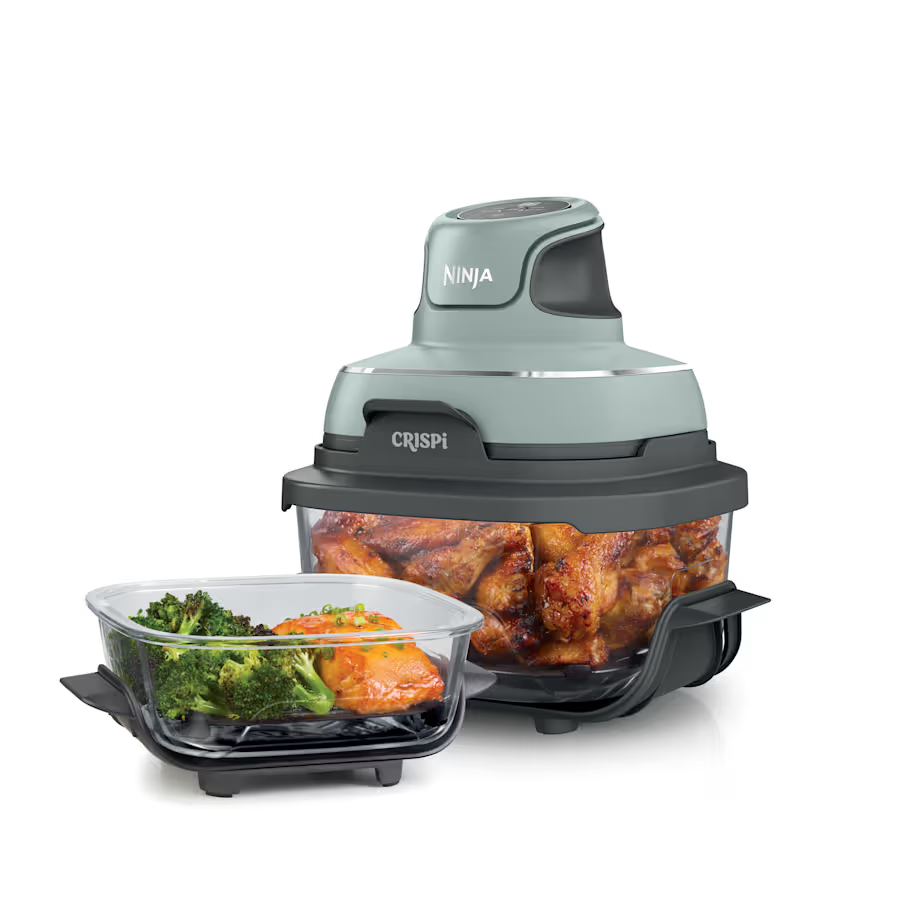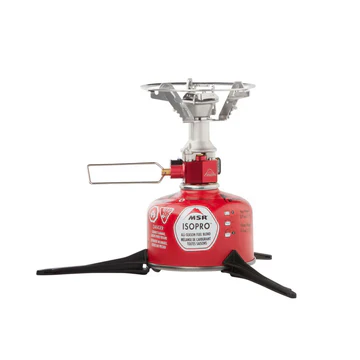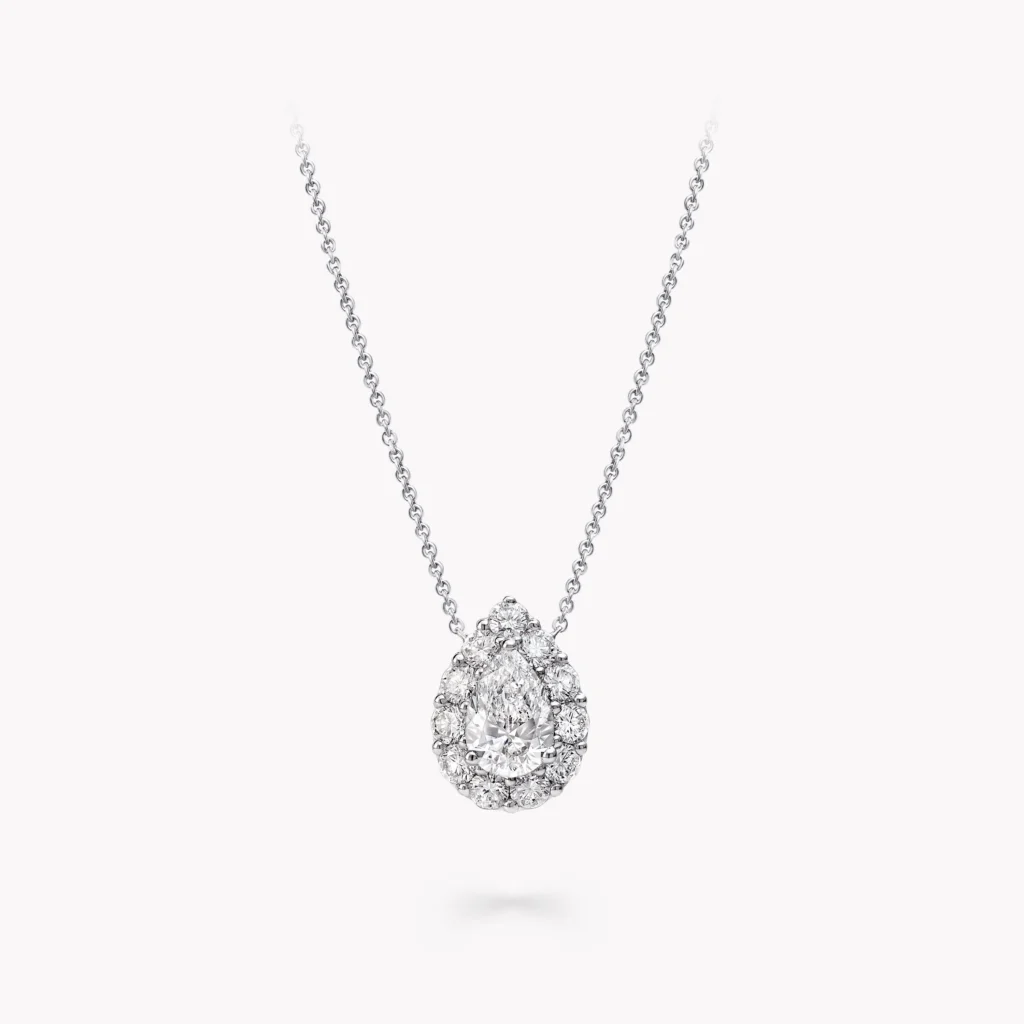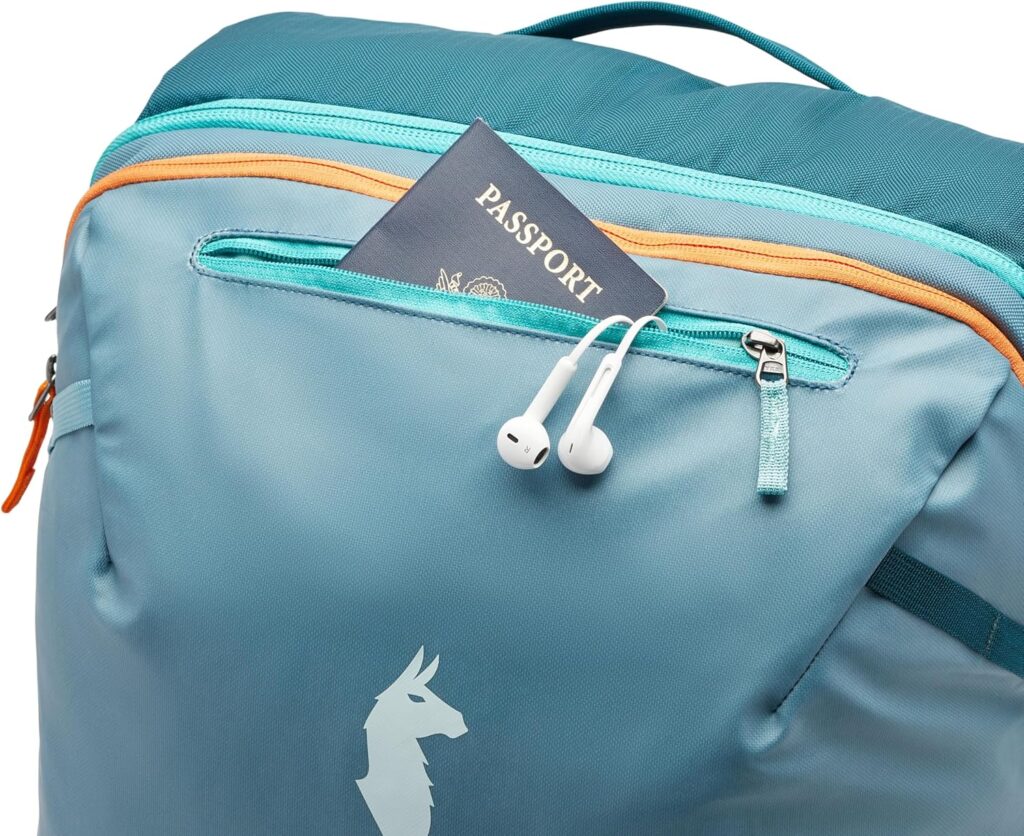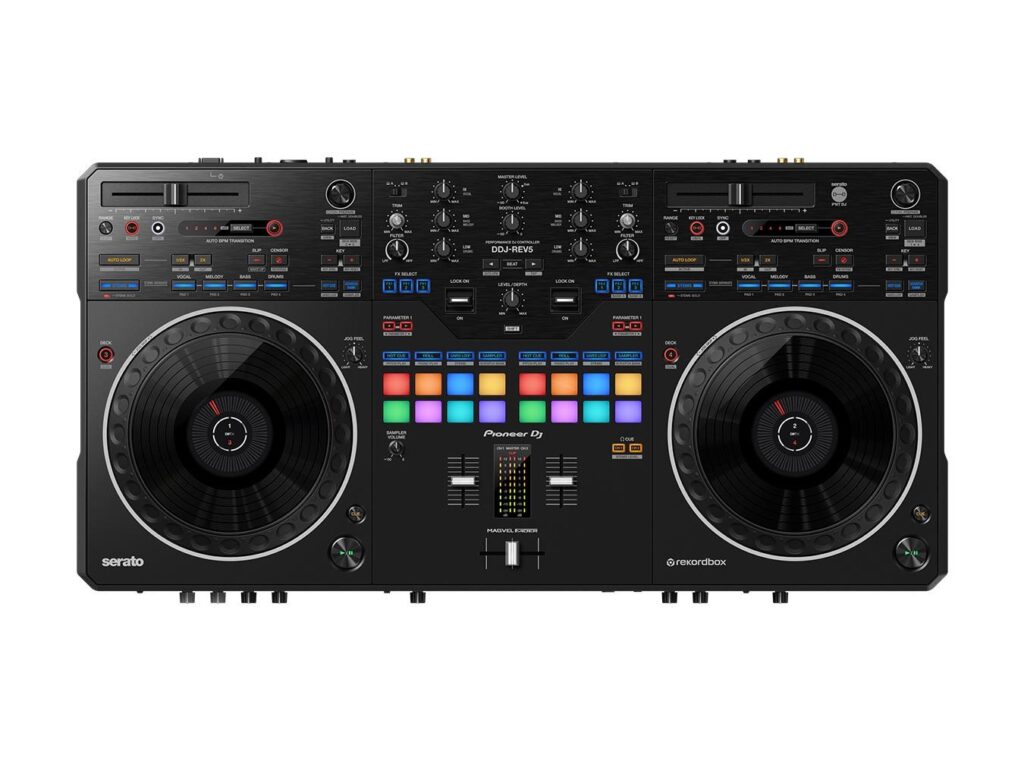Some toys are evergreen for a reason. A fishing rod, a wiggly “pond,” and the triumphant moment when the magnet clicks—instant joy. But beneath the smiles is something even better: a perfect storm for fine motor control, hand–eye coordination, language, counting, and cooperation. In this guide, we’ll show you how to turn the Jaques of London Magnetic Fishing Game For Kids into a flexible learning system for toddlers and preschoolers. You’ll get room setups that take two minutes, age-by-age play prompts, math games that feel like play (because they are), social scripts for smoother turns, sensory and accessibility tweaks, and a quick daily routine you can actually stick to.
Shop Jaques of London Magnetic Fishing Game For Kids
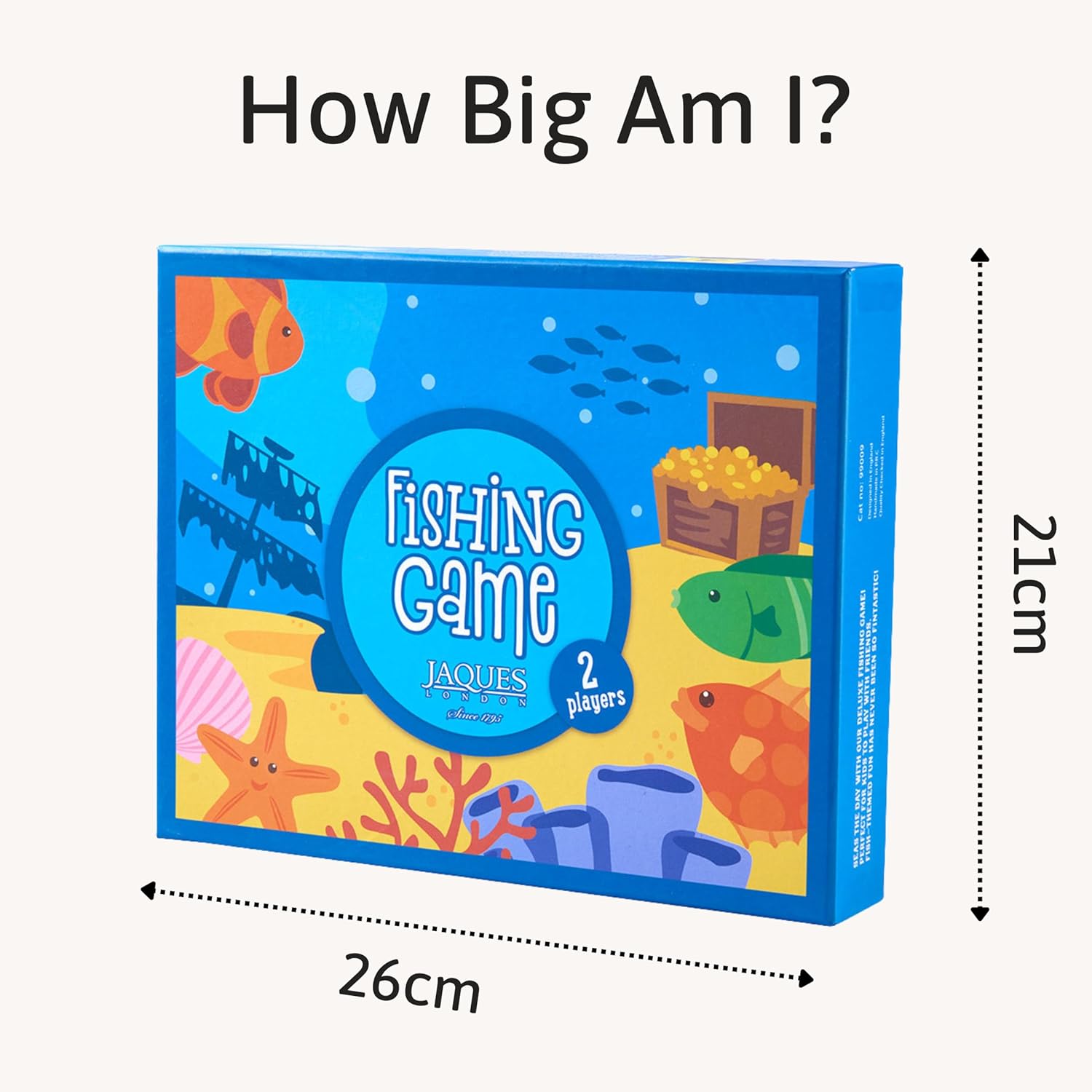
Why Magnetic Fishing Is Sneaky-Powerful
Magnetic fishing hits the sweet spot between “challenging” and “doable.” Kids get instant feedback (click!) and visible rewards (a fish in the air), which fuels repetition—the engine of skill growth. With the Jaques of London Magnetic Fishing Game For Kids, you typically get wooden fish with embedded magnets and wooden rods with a magnet at the end of a string. That combination trains:
- Fine motor precision: Pinching the rod, adjusting wrist angle, lining up magnet to magnet.
- Hand–eye coordination: Tracking a moving target and calibrating distance.
- Bilateral integration: One hand stabilizes the rod; the other steadies the “pond” or helps release a fish.
- Executive function: Wait, aim, click, lift, release, repeat—little routines build focus and working memory.
- Language & social: Naming colours, creatures, turn-taking, cheering peers, and repairing “snags” kindly.
Shop Jaques of London Magnetic Fishing Game For Kids
Set the Stage: A Two-Minute “Lake” That Invites Play
You don’t need a playroom renovation. Use what you have and keep it repeatable.
- Surface: Low table or floor mat. Hard floors are fine; a rug reduces runaway fish.
- Pond: The box lid or a shallow tray works great. For extra fun, add a blue cloth or sheet of paper as “water.”
- Boundaries: Painter’s tape outlines a rectangle pond so fish don’t migrate under sofas.
- Parking: Mark a small rectangle labeled PARK RODS. Visual homes prevent lost pieces and cue tidy-up.
- Menu board (optional): A small card with pictures of fish you can “order” keeps language flowing and adds goals.
The Jaques of London Magnetic Fishing Game For Kids slots into this micro-environment and becomes a ritual rather than a toy that “floats” around the house.
Shop Jaques of London Magnetic Fishing Game For Kids
Skill Map: What’s Growing Under the Giggles
- Fine Motor: Graded wrist movements, tripod grip practice, finger isolation (aim, lift, release).
- Gross Motor: Core stability when leaning in, crossing midline to reach opposite-side fish.
- Language: Creature names, colours, prepositions (under, near, far), verbs (hook, catch, release), social phrases (“your turn,” “nice catch”).
- Math: Counting, subitising (instantly seeing “two”), comparing sets (more/less), simple addition, patterns, and early graphing.
- Executive Function: Waiting, planning a path, correcting errors (“missed it—try again”), switching strategies.
- Social-Emotional: Pride, patience, and resilience when fish wriggle away.
Age-by-Age Play Prompts (Zero Prep, Big Payoff)
18–24 months — Click & Cheer
- “Touch the red fish… now hook!”
- Celebrate every connection: “Click! Up, up!”
- Language: single words (“red,” “big,” “fish,” “catch,” “my turn”).
2–3 years — Colours & Near/Far
- “Catch two blue fish.”
- “Near fish” vs. “far fish” challenges; move them a bit farther each round.
- Release practice: “Drop in the bucket—plop!”
3–4 years — Count, Compare, Sort
- “Make a team of three yellow fish.”
- Sort by colour or species; compare sets: “Who has more?”
- Introduce prepositions: “Hook the fish under the boat (box).”
4–5 years — Patterns & Missions
- Build patterns: red-blue-red-blue.
- Timed missions: “You have one minute to catch 4 sea creatures—go!”
- Early addition: “You had 2, you caught 1 more… how many now?”
Shop Jaques of London Magnetic Fishing Game For Kids
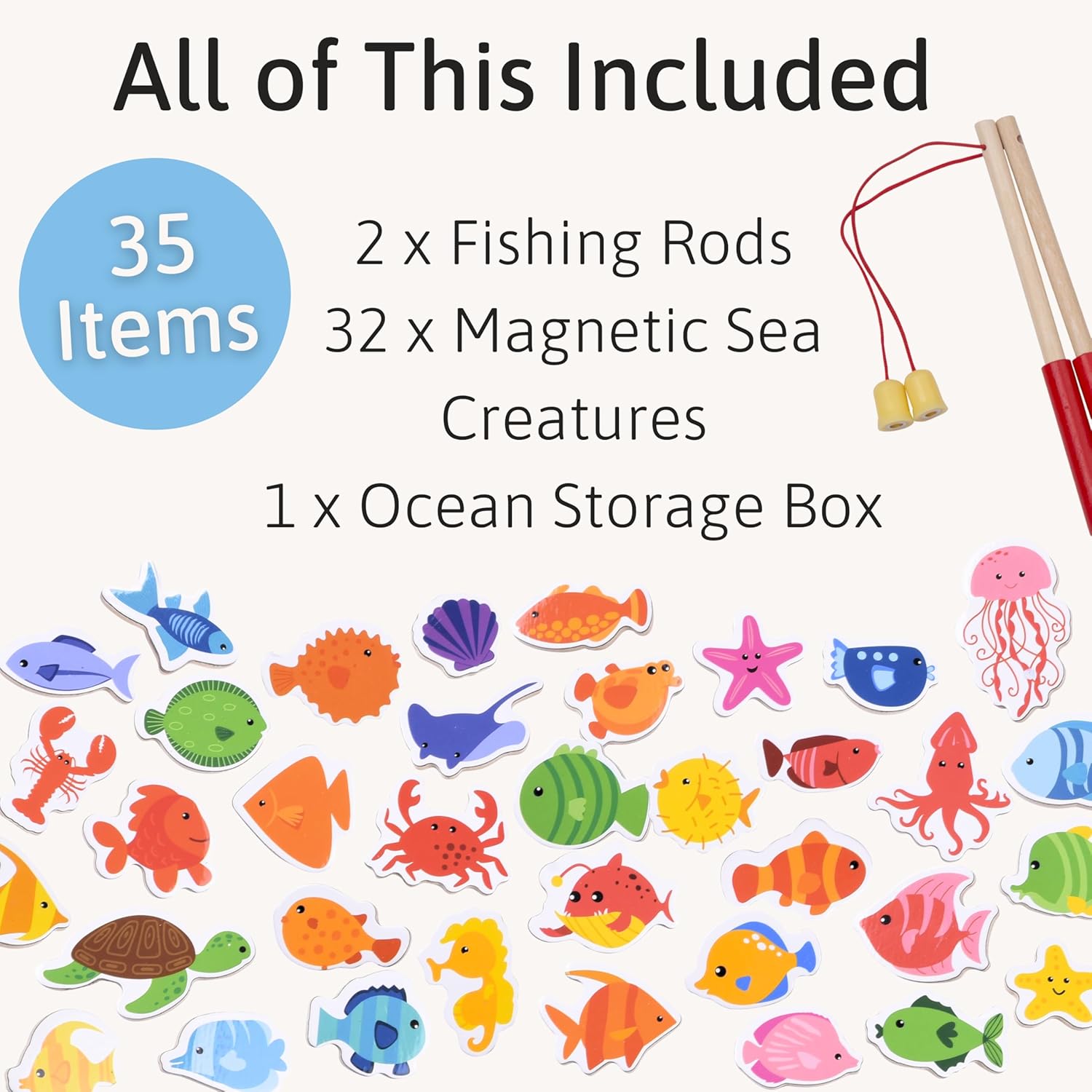
Language Boost: Talk With, Not At
Trade pop quizzes for sportscasting and choices.
- Sportscast: “You’re aiming… lining up… click! You hooked the blue fish.”
- Choices: “Close fish or far fish?” “Boat or bucket?”
- Expand: Child says “red”; you model “red crab—scuttly and fast!”
Sprinkle in positional words: over, under, behind, next to. Pair words with dramatic gestures so meanings stick.
Math That Feels Like Play
- Counting & 1:1: Touch each fish as you count.
- Subitising: Hold up two fish—ask “How many?” without counting.
- Compare: “Who has more? Who has fewer?” Trade one fish to make the sets equal.
- Addition & Takeaway: “Two in the bucket, one more… now three.” “Take one out… back to two.”
- Patterns: Build colour sequences on the table edge.
- Graph it (preschoolers): Draw three columns (red/blue/yellow). Place each catch in its column → “Which column is tallest?”
The physicality of the Jaques of London Magnetic Fishing Game For Kids makes abstract math visible and touchable.
Shop Jaques of London Magnetic Fishing Game For Kids
Social Scripts: Zero Tears Turn-Taking
- Two-Timer: 45–60 seconds per turn. Chime = swap rods.
- Jobs: “Angler,” “Boat Captain” (moves fish around), “Counter” (counts catches). Rotate.
- Kind Fixes: “I saw you wanted that fish. After my turn, I’ll move it closer to you.”
- Cheer Rule: Everyone says, “Nice catch!” after each success. Praise melts rivalry.
Sensory & Accessibility Tweaks
- Volume & Pace: Keep the room calm; fishing is naturally focusing.
- Grip Help: Wrap a bit of silicone pencil grip or washi tape around the rod handle for traction.
- Height & Posture: Seated at a low table reduces wobbles; kneeling encourages core engagement.
- Visual Support: Use picture cards showing “catch 2 blue” or “catch red-blue-red”—great for non-readers and children who benefit from visual cues.
- Alternative Input: If magnets frustrate today, play “net the fish” with a spoon to reset confidence, then return to rods.
One Hybrid Block (Bullets + Guidance): The 10-Minute Daily Routine
- Open Lake (1 min): Scatter fish; name two colours together.
- Warm-Up (2 min): Two easy catches close to the edge → quick wins.
- Order Round (3 min): Take turns “ordering” catches (“two blue,” “one red + one yellow”).
- Math Minute (3 min): Count totals; compare; make a quick colour pattern.
- Close (1 min): Release all fish back to the pond, park rods in PARK RODS, high-five.
Short, reliable reps beat occasional marathons. Tomorrow, repeat with a new “order.”
Shop Jaques of London Magnetic Fishing Game For Kids
Movement Add-Ons: Make the Lake Mobile
- Island Hops: Place two “islands” (cushions). Catch a fish, hop to the next island, release it into a bucket.
- River Run: Tape a wavy “river” line across the floor; move fish along it. Kids fish only when the fish touches a “pool” circle.
- Delivery Game: Catch two, walk carefully to the kitchen “restaurant,” and deliver your order.
These add gross-motor practice and self-regulation (walk carefully with treasure!).
Extend the Learning Beyond the Pond
- Storytime Tie-In: Read an ocean book; fish only the animals from that story.
- Science Slice: Sort fish into “scales / shells / tentacles,” talk about habitats (river, sea, reef).
- Art Corner: Crayon rubbings of fish shapes; make a graph of “today’s catches.”
- Language Game: “Describe it without naming it” (“It’s red, it has claws…” → “Crab!”).
- Mindful Minute: Deep breaths together—“Smell the sea (inhale), blow the boat (exhale).” Helps reset wiggly energy.
Care & Storage: Keep the Set Shipshape
- After-Play Sweep: Count fish back into the tray; magnets love to wander under furniture.
- Wipe-Down: Quick cloth wipe keeps wooden pieces fresh.
- Magnet Check: Ensure magnets are secure and flush; supervise younger toddlers.
- Travel Ready: Pop fish and rods into a zip pouch for cafés or grandparents—instant, portable focus game.
Shop Jaques of London Magnetic Fishing Game For Kids
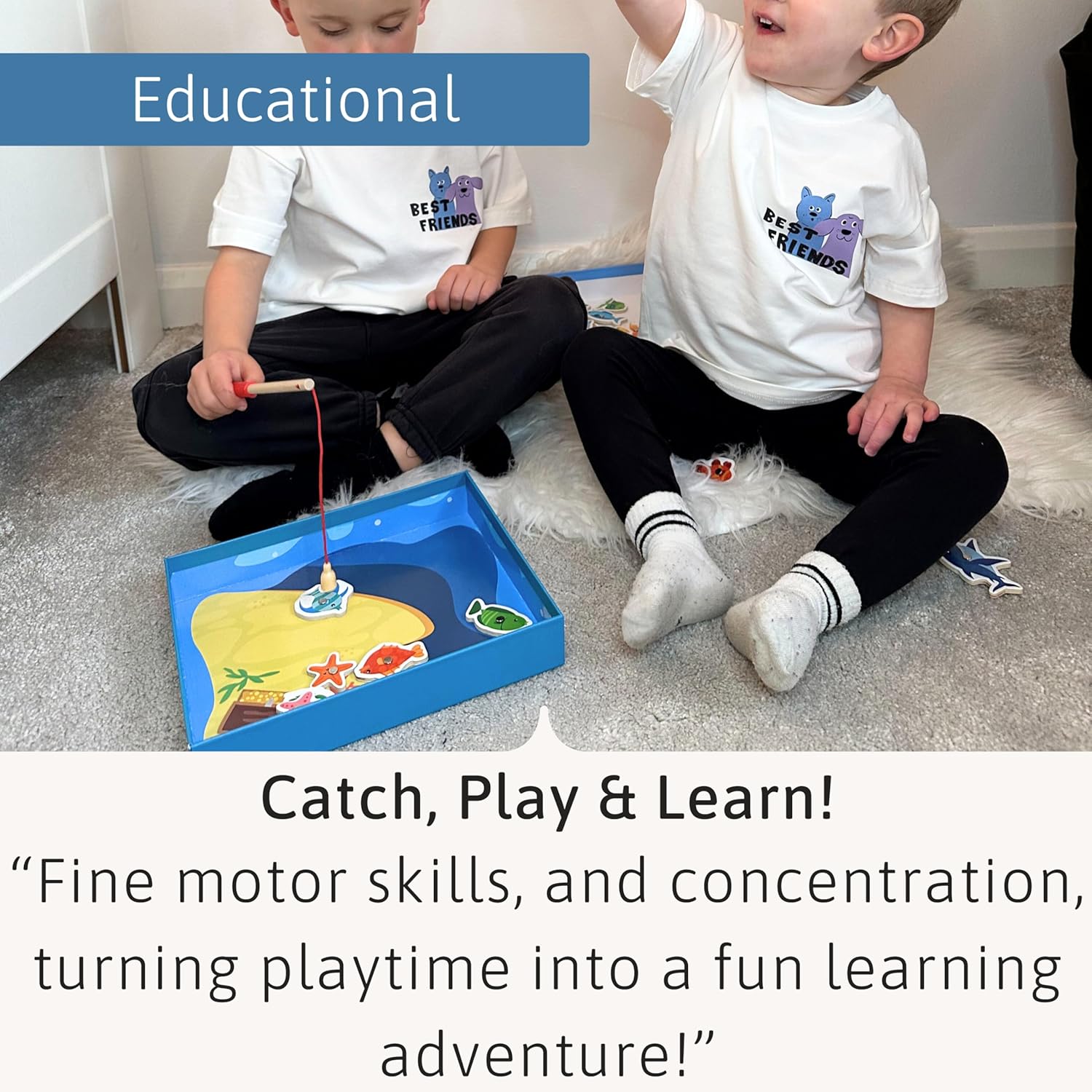
Troubleshooting: Calm Fixes for Common Hiccups
- “I can’t catch it!” frustration
- Move fish closer, raise it slightly on a coaster (easier to hook), or switch to a larger-magnet fish.
- Use hand-over-hand once, then step back. Success → autonomy.
- Rod whipping / tangled string
- Model “slow lift, straight up.” Shorten string temporarily by looping it around the handle once.
- Only hoovering “favourite colour”
- Introduce “orders” from a menu card; favourites appear after the order is complete.
- Turn-taking meltdowns
- The two-timer + visible PARK RODS spot, plus a small fidget for the waiting child, works wonders.
- Boredom after 3 minutes
- Raise challenge: far fish, patterns, timed missions, or add movement (island hops).
What Progress Looks Like (So You Can Celebrate It)
- Cleaner aim, fewer “air catches”
- Longer calm focus windows
- Spontaneous counting (“I have three!”)
- New words: colours, animals, positional phrases
- Smoother swaps—“your turn”—without prompting
- Pride (the grin that says: I did it)
Conclusion
Magnetic fishing is more than a rainy-day filler—it’s a modular learning lab disguised as play. With a tiny bit of setup and a simple routine, the Jaques of London Magnetic Fishing Game For Kids delivers daily reps in fine motor control, language, math, patience, and teamwork. Keep goals small (catch two, make a pattern, swap turns), keep the vibe light (sportscast wins, laugh off misses), and keep pieces parked where they belong. Over weeks, you’ll see steadier hands, richer words, quicker counting—and a child who can focus, take turns, and cheer for others. That’s a keeper.
Shop Jaques of London Magnetic Fishing Game For Kids
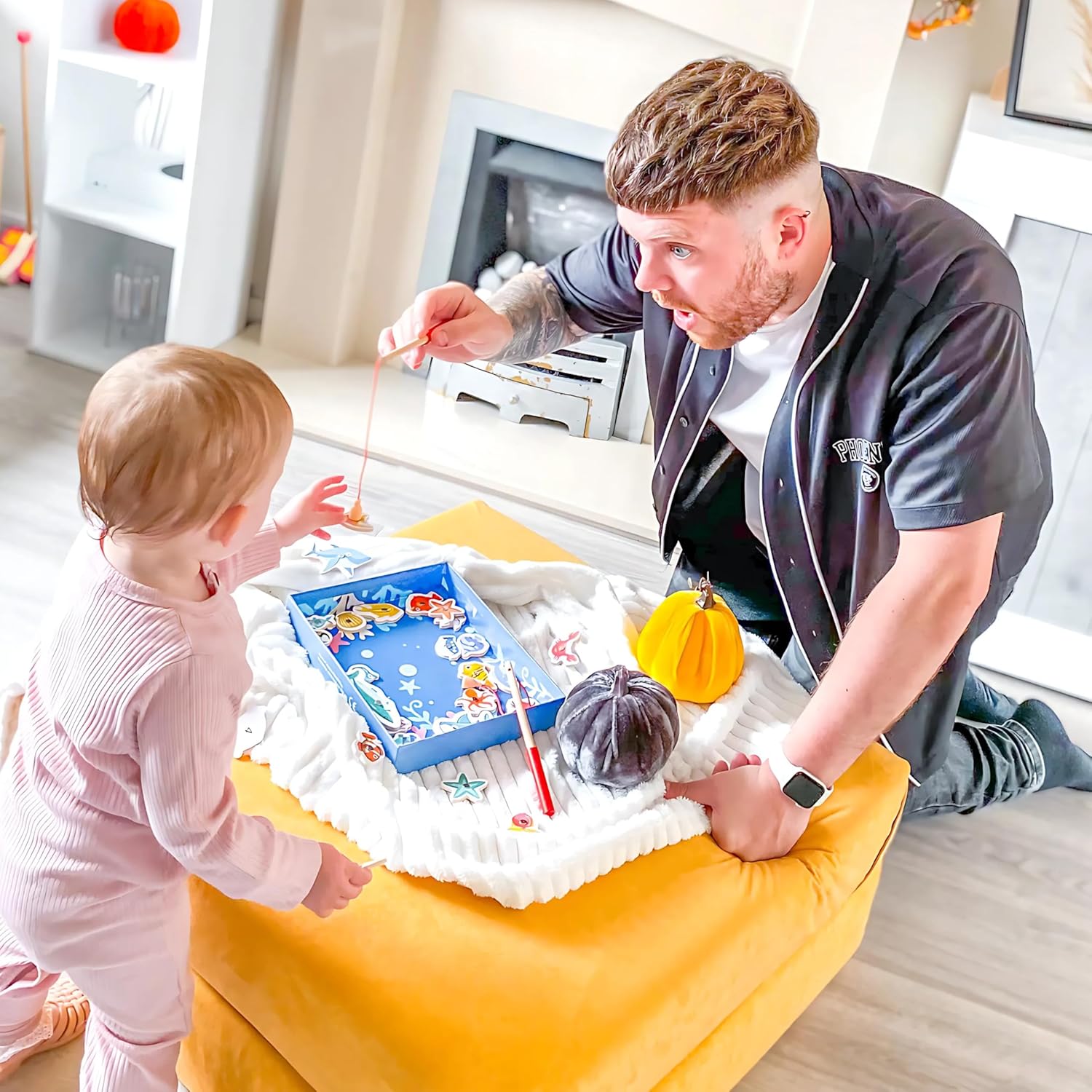
FAQ
- What age is magnetic fishing best for?
Typically from about 18 months (with support) through preschool years. Always supervise younger toddlers around strings and magnets. - How long should a session be?
5–10 focused minutes is perfect. Short daily rounds build skills better than occasional long sessions. - Can siblings play without fights?
Yes—use the two-timer, visible PARK RODS, and rotating jobs (angler/captain/counter). Praise handovers. - How do I add more learning without killing the fun?
Embed mini-goals: colour orders, counting totals, pattern cones, quick “more/less” comparisons. Keep it fast and celebratory. - My child gets frustrated missing the target—tips?
Raise the fish slightly, move it closer, slow your pace, and model one successful catch. Celebrate effort first, outcomes second. - Any sensory considerations?
Keep visuals uncluttered, use a grippy mat, and add a small hand towel for kids who dislike wooden textures. - How do I store the set?
Count fish back into the tray, park rods in the labeled spot, and keep everything in a zip pouch for easy travel. - Does it translate to real-life skills?
Absolutely—better grip strength, coordination, patience, counting, and kinder turn-taking show up in everyday tasks and playdates.

